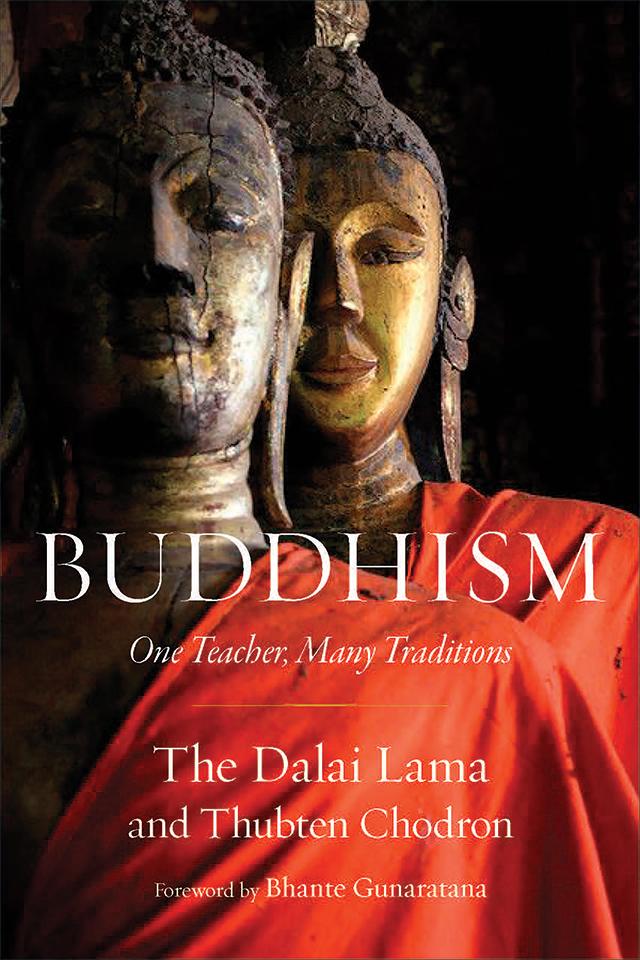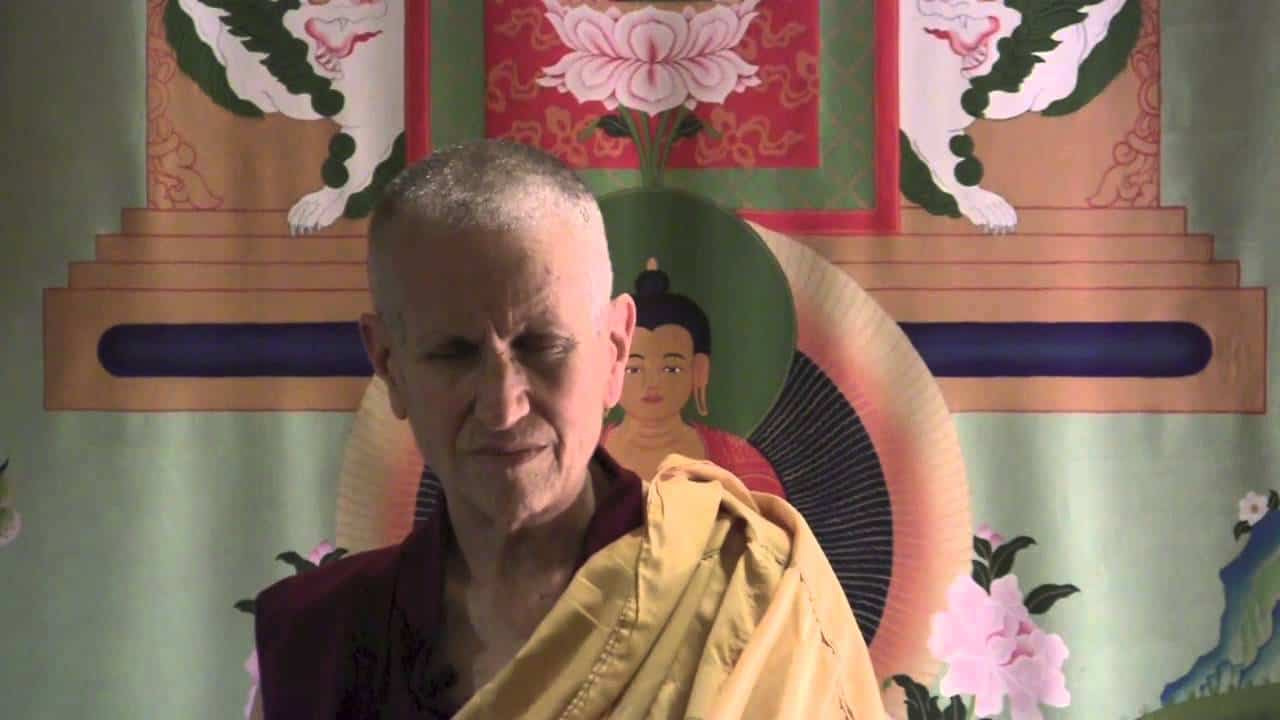Commonalities between Buddhist traditions

A review published in the January 2015 issues of Eastern Horizon, a Dharma magazine published in Malaysia.
Today we are not short of good books that explain the different traditions within Buddhism. Many are academic texts such as David Kalupahana’s Buddhist Philosophy: A Historical Analysis (Hawaii, 1976), Rupert Gethin’s The Foundations of Buddhism (Oxford, 1998), and Richard Robinson, Willard Johnson and Thannisaro Bhikkhu’s Buddhist Religions (Wadsworth, 2005). However, there are not that many books that explain Buddhism from the perspective of the different traditions’ visions of the path to enlightenment. This book by His Holiness the 14th Dalai Lama and well-known American Buddhist nun Thubten Chodron meets this need because it explores the common ground underlying the diverse expressions of the Buddha’s teachings.
Divided into fifteen chapters, this book focuses on teachings as found in both the Pali and Sanskrit traditions. The modern Theravada school has derived its core teachings from the Pali tradition which is based on discourses and commentaries in Prakit and the old Sinhala languages. As a school, the Theravada is more homogenous than the Mahayana. On the other hand, the Sanskrit tradition came from sutras and commentaries in Prakit, Sanskrit, and central Asian languages. Today, we tend to associate Chinese Buddhism and Tibetan Buddhism with the Sanskrit tradition. However, as the authors have pointed out, the Buddhism of East Asia (or Chinese Buddhism as it is also popularly called) and Tibetan Buddhism are quite different in expression.
The book begins with an exploration of the origin and spread of the Buddha’s teachings from India to Southeast Asia, China, and Tibet. This is followed very appropriately by a chapter on what it means to take refuge in the Three Jewels as practiced in both the Pali and Sanskrit traditions. Another common and shared teaching—the four noble truths—or “the four truths of the ariyas,” as the authors prefer to term them, is next explained in detail—this being the common framework for understanding all of the Buddha’s teachings.
The next three chapters focus on the essence of Buddhist practice—training in morality, concentration, and wisdom. The chapter on morality highlights the three extant vinaya lineages from the original eighteen schools of early Buddhism—the Theravada, Dharmaguptaka, and Mulasarvastivada. The authors also clarified that there is no such thing as a Mahayana vinaya monastic ordination, although many people who practice the Bodhisattva path become monastics and practice vinaya. Likewise, there is an in-depth discussion on concentration practices in both the Pali and Sanskrit traditions, including jhanas and serenity meditation. The chapter on wisdom training explains the 37 factors of enlightenment taught in both the Pali and Sanskrit sutras. These 37 factors directly and indirectly contribute to the cultivation of insight (or wisdom) into selflessness and the four noble truths, thus leading to enlightenment.
Subsequent chapters delve into more complex topics such as selflessness (anatta) and emptiness (sunyata), dependent origination, and the unity of serenity (samatha) and insight (vipassana). There is also a chapter that explains the path to arahatship and buddhahood. In the Pali tradition, the reference is Buddhaghosa’s seven purifications practices, while in the Sanskrit tradition, the authors highlighted the five paths and ten bodhisattva grounds.
Another common practice in both the Pali and Sanskrit traditions explained in this book is the practice of the sublime states (brahma-vihara) of loving kindness, compassion, joy, and equanimity. The authors chose the term “immeasurable” because they are directed toward immeasurable sentient beings with a mind free from partiality and also because they are meditative states not limited by the five hindrances of the desire realm world.
Though the practice of bodhicitta is always seen as synonymous with both the Chinese and Tibetan Buddhist traditions, the authors explained that while in the Pali tradition most practitioners seek arahatship, the bodhisattva path is available for those wishing to pursue the path of buddhahood. The authors mentioned several canonical scriptures in the Pali tradition—Buddhavamsa, Cariyapitaka, Jatakas, Mahapadana Sutta (DN 14) and Apadana—that speak about previous buddhas fulfilling the bodhisattva practices. Likewise, the bodhisattva ideal is also not foreign to Theravada countries as there are practitioners there who aspire to develop bodhicitta to become buddhas.
The final chapter asks a pertinent question: is liberation possible? The authors then explained that two factors make liberation possible: the nature of our mind is clear light, and our defilements are adventitious, thus not inherent in us. In fact, His Holiness the Dalai Lama has once said that if there’s anything good about our defilements is that they are impermanent, and hence can be transformed!
The final chapter is about tantra which is the subject of much controversy especially among followers of the Pali tradition. In his preface, His Holiness the Dalai Lama mentioned that some Theravada practitioners believe Tibetan monastics do not follow the vinaya and that as practitioners of tantra, they have sex and drink alcohol! This chapter helps to alleviate this major misconception about tantra.
In conclusion, I must say that for anyone who has doubts about the commonalities of the many Buddhist traditions, this book is the answer to their doubts. His Holiness the Dalai Lama and Ven. Thubten Chodron have very clearly explained in this book that all the different schools within both the Pali and Sanskrit traditions are inspired by one teacher—Shakyamuni Buddha.



